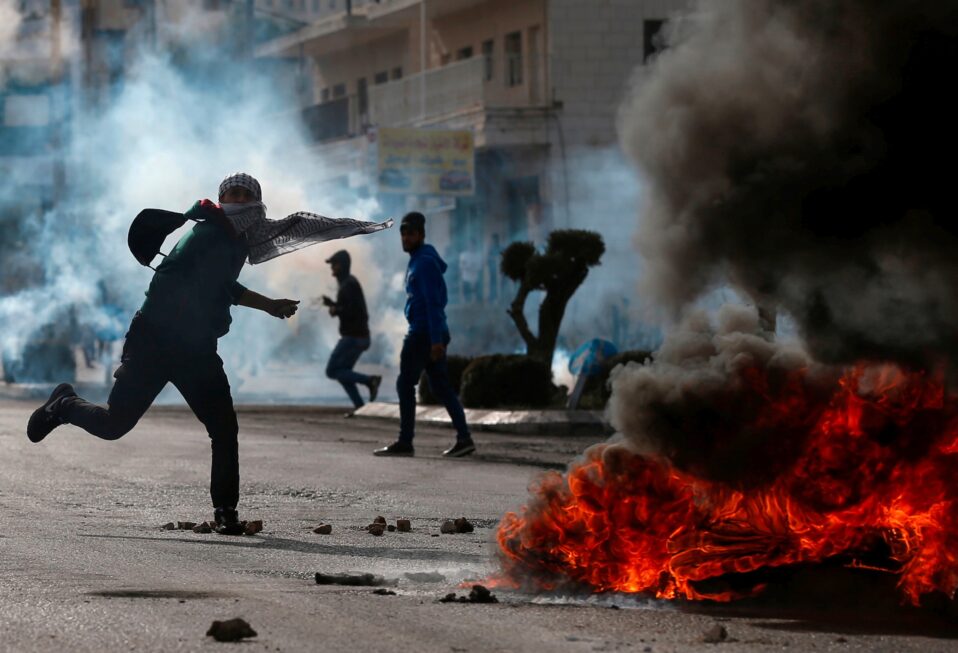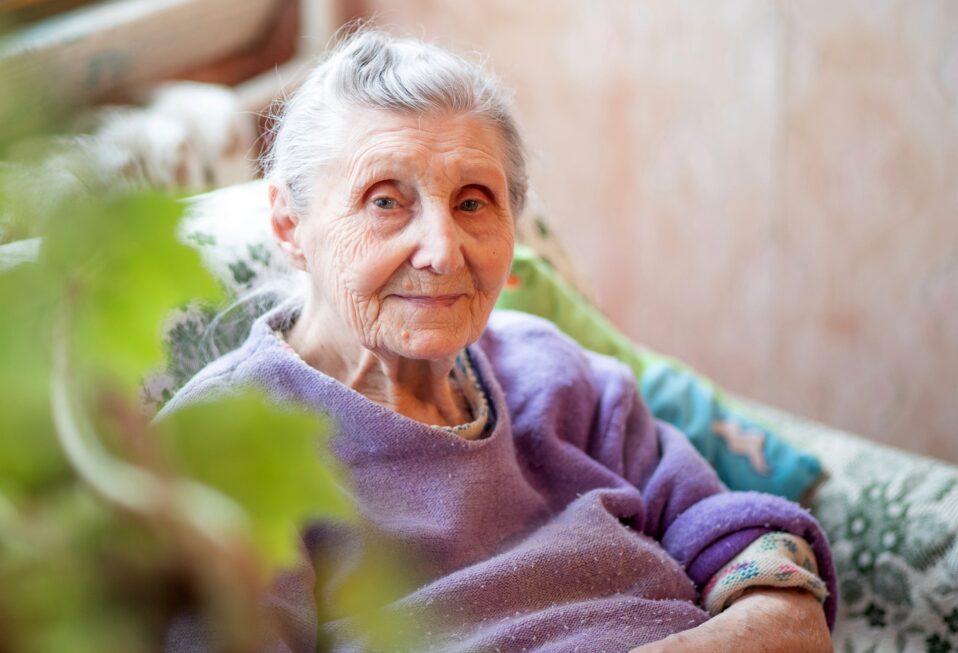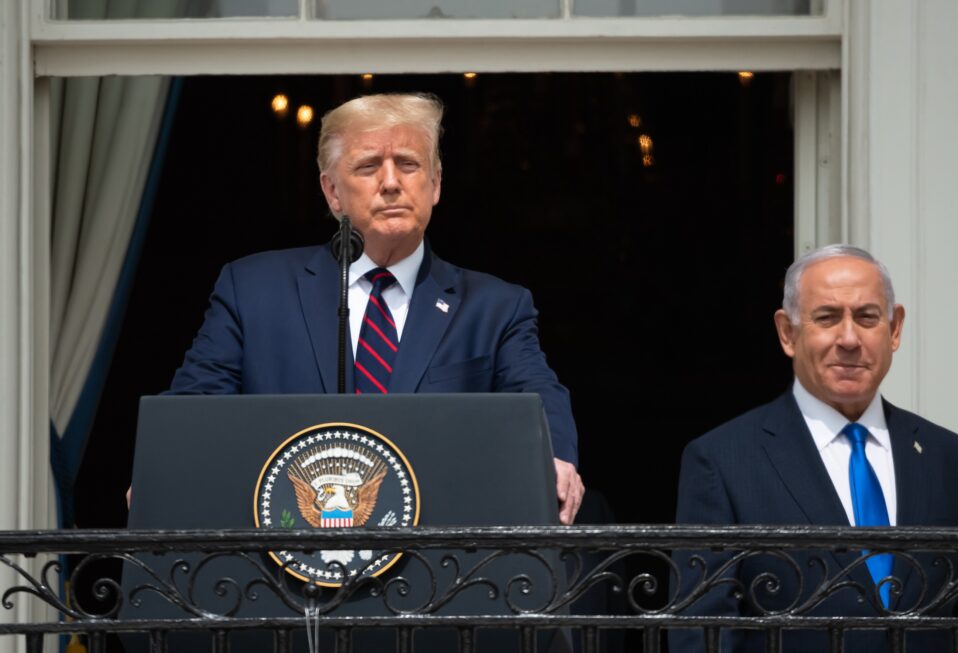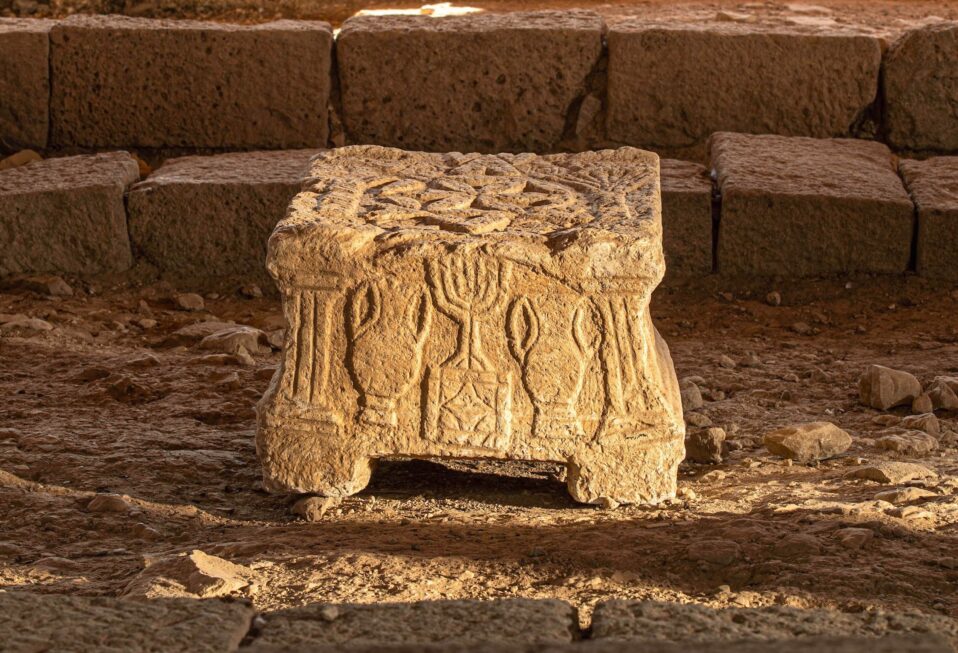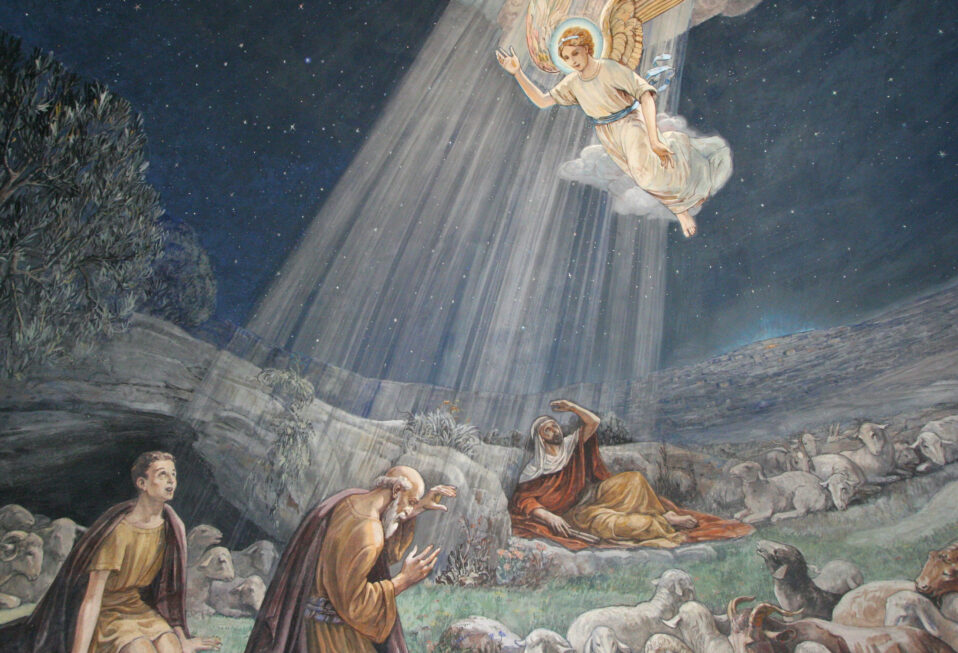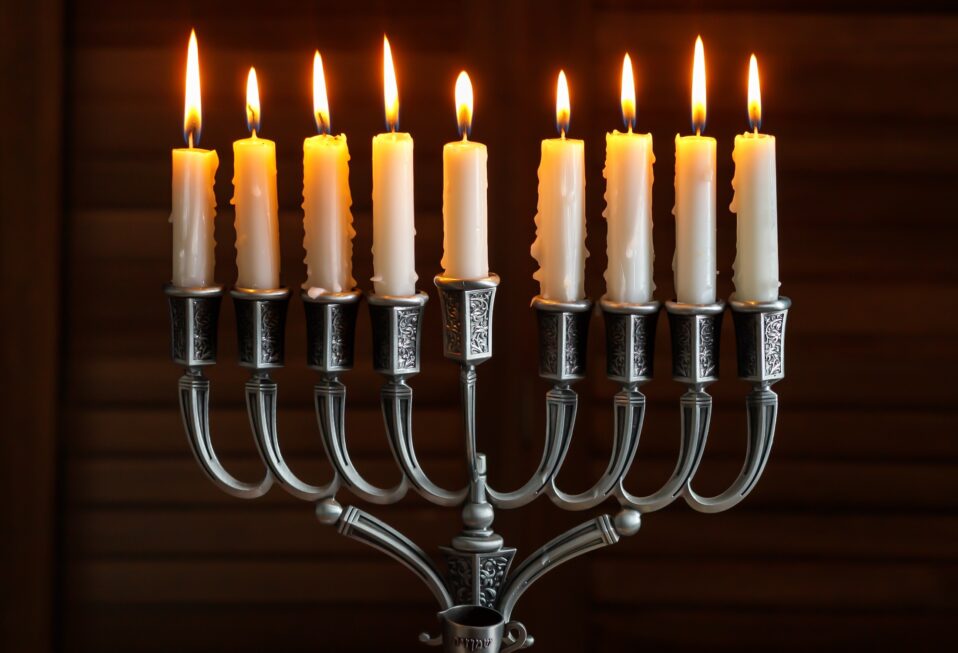By Arlene Bridges Samuels
Most of the world calls Judea and Samaria the West Bank. The name is a modern fabrication, one that wrongly describes Israel west of the Jordan River. The name West Bank has no ancient history. Within Judea and Samaria, the Holy Land’s biblical heartland for more than 3,000 years, Israel is a now waging an eight-front war.
Together Hamas, its patron Iran, and Jew-haters globally are spewing out their poison. These nations have no respect for secular, religious, or geographic history, nor do they acknowledge the sacred deed God bestowed on the Jews, His people, and His land.
Since October 7, 2023, the Islamic Regime has steadily increased its covert smuggling operation of powerful factory-made weapons. Their route goes through Jordan into Palestinian cities in Judea and Samaria. In 2024 and including the first month of 2025, Israel Defense Forces (IDF) have intervened in more than 1,000 terror attacks in Judea, which includes Jerusalem. Reliable information from Israel’s Defense Security Forum (IDSF) reports this figure on what they call the Judea, Samaria, and Israel Front: that Palestinian terrorists have attacked Israelis 8,800 times since October 7, 2023.
As an example of such activity—in addition to huge weapons stashes with rockets, IEDs, and guns—the IDF has found three mosques that terrorists used in the “West Bank” Palestinian towns of Jenin and Tulkarm recently. Terrorists threw explosives from one mosque’s rooftop and had a firing range on the bottom floor of another. In its statement about the discovery, the IDF said, “These are blatant violations of international law, all aimed at harming Israeli civilians and security forces while also endangering and exploiting the Palestinian people.” Hamas operates everywhere in the same way: no regard for anyone and only idolizing their hatred.
The most troubling weapon now in use to attack the biblical heartland is an explosive drone with four engines. A second such drone has now fallen in the settlement of Yitzhar. Situated in the Samaria Mountains, Yitzhar is a mostly Orthodox Jewish community of 2,093 residents. Israeli security personnel must now factor in an eighth front to the war, where terrorists in Judea and Samaria might use swarms of lethal drones to attack civilian or military locations.
IDSF also reported a surprising, albeit one-time anomaly: that in December, the Palestinian Authority (PA) arrested 247 Palestinian terrorists in Jenin, a long-standing Palestinian hotbed of terror in the heartland. The arrests included eight men linked to international terror financing. The PA confiscated 245 explosives, 17 car bombs, and even a rocket-propelled grenade missile.
Operation Iron Wall is the name Israel has chosen for its latest defensive measures against terror assaults in the biblical heartland. The Hebrew word for wall is kotel, used primarily to refer to the Western Wall. A designated holy place for Jews—and revered by millions of Christians—the Kotel in Jerusalem remains both a reality and a symbol for the outer wall of the Temple Mount that has survived since the second century B.C.
Today, as we see increased pressure on Israel Defense Forces to protect their biblical heartland, I invite you to join me virtually by placing a note in a Kotel crevice, the Western Wall. It is a free service from AISH across the plaza from the Kotel. Let us mount a flood of prayers for Operation Iron Wall: [submit your prayer here].
The biblical heartland’s 3,000-year history, its geography, and the centuries-old existence of indigenous Jewish people are solid historical facts. Preeminent are the Old and New Testaments, along with Antiquities of the Jews by Flavius Josephus, not to mention thousands of archaeological structures and plentiful discoveries that corroborate these facts. Home to Israel’s 12 tribes, the kingdoms of Judah and Samaria are familiar, as are cities still called Hebron, Shiloh, and Shechem. Abraham bought the Cave of the Patriarchs in Hebron, and King David first ruled from Hebron before he declared Jerusalem to be the capital of his kingdom.
The Bible refers to Judea 816 times from Genesis to Hebrews. Samaria is mentioned 125 times, mostly in the Old Testament. In Hebrew, Samaria means “watchtower.” In ancient history, Samaria represented the Northern Kingdom and Judea the Southern Kingdom. Despite conquests and exiles, Jewish life in Judea and Samaria has endured with deep-rooted bonds to the land.
Despite every proven fact from history, Wikipedia, known for its broad biases, shamelessly promotes its concept of a “fact” by creating a Palestinian state out of thin air: “The West Bank is the larger of the two Palestinian territories that comprise the State of Palestine.” Propagandists have not, cannot, and will not erase the Jews, the indigenous people of the Holy Land.
Despite massive, millennial evidence that the Jews are the indigenous owners of Judea and Samaria, the term “occupied” is used by the uneducated world as an incorrect description—as if Israel were occupying “Palestine.” However in 1967, when Israel was victorious in the Six-Day War, Israel defended and regained its biblical homeland that Jordan had occupied for 20 years. So that now, Israel again possesses its God-deeded biblical heartland!
Jesus’ own words in Acts 1:8 illustrate the supreme importance of the Holy Land as He walked on earth. “But you will receive power when the Holy Spirit comes on you. Then you will be My witnesses in Jerusalem, and in all Judea and Samaria, and to the ends of the earth.”
We welcome you to join our CBN Israel team in prayer:
- Pray for IDF safety as they clear out terrorists from Palestinian towns.
- Pray for released hostages as they face the traumas of their 15-month imprisonment.
- Pray for wisdom for Prime Minister Benjamin Netanyahu and his security cabinet.
- Pray that Christians will act by sharing facts about Israel.
Arlene Bridges Samuels is the weekly feature columnist for CBN Israel since 2020. Working on the staff of the American Israel Public Affairs Committee (AIPAC) as their SE Regional Outreach Director for nine years, International Christian Embassy Jerusalem USA engaged her as the Leadership Outreach Director part-time for their project American Christian Leaders for Israel. Arlene is an author at The Blogs-Times of Israel, is published at AllIsrael.com and The Jerusalem Connection, and has traveled to Israel since 1990. By invitation, she attends Israel’s Government Press Office Christian Media Summits as part of Christian media worldwide. In 2024, Arlene and her husband Paul co-authored Mental Health Meltdown: Illuminating the Voices of Bipolar and Other Mental Illnesses. www.TheMentalHealthMeltdown.com.


